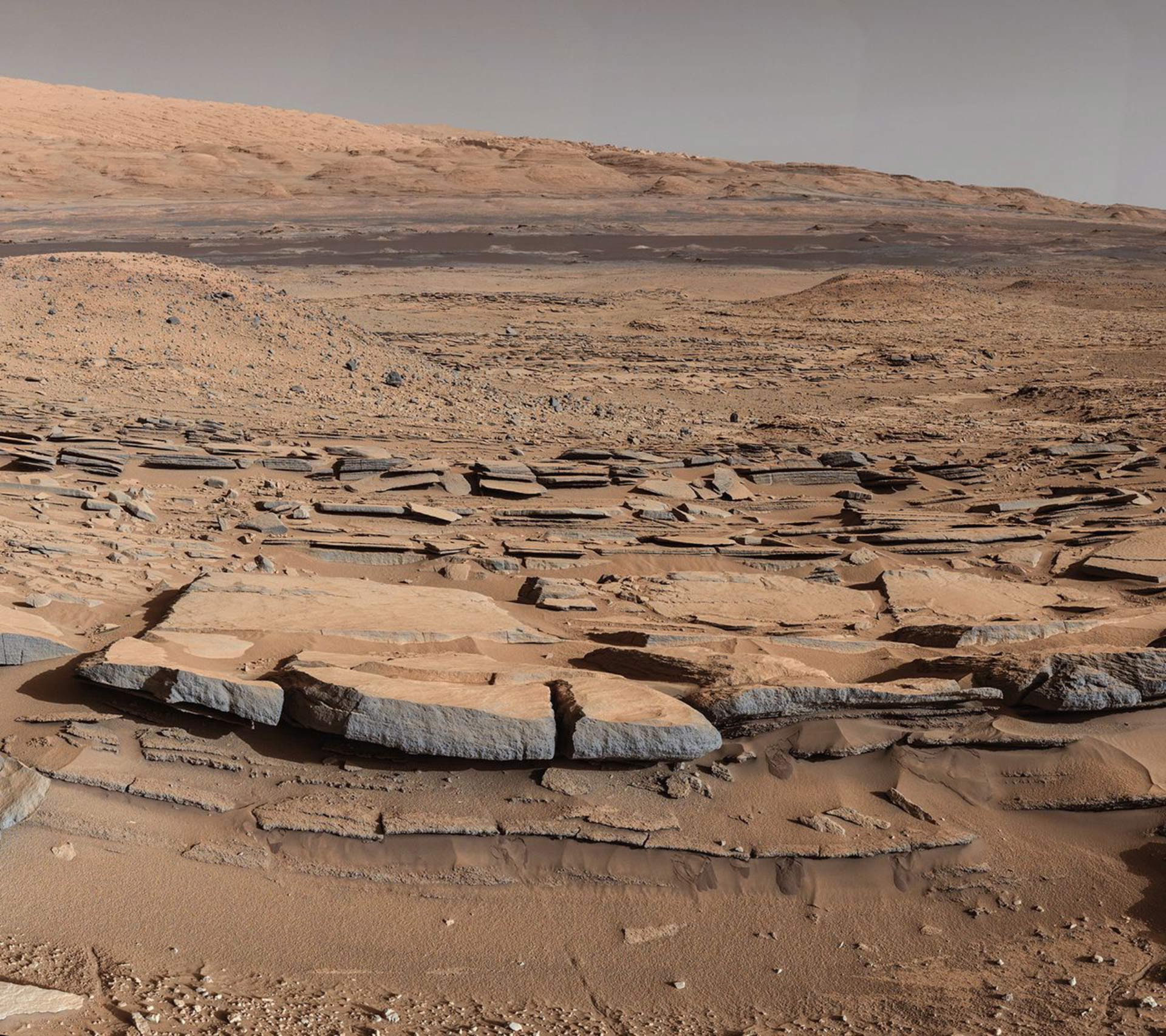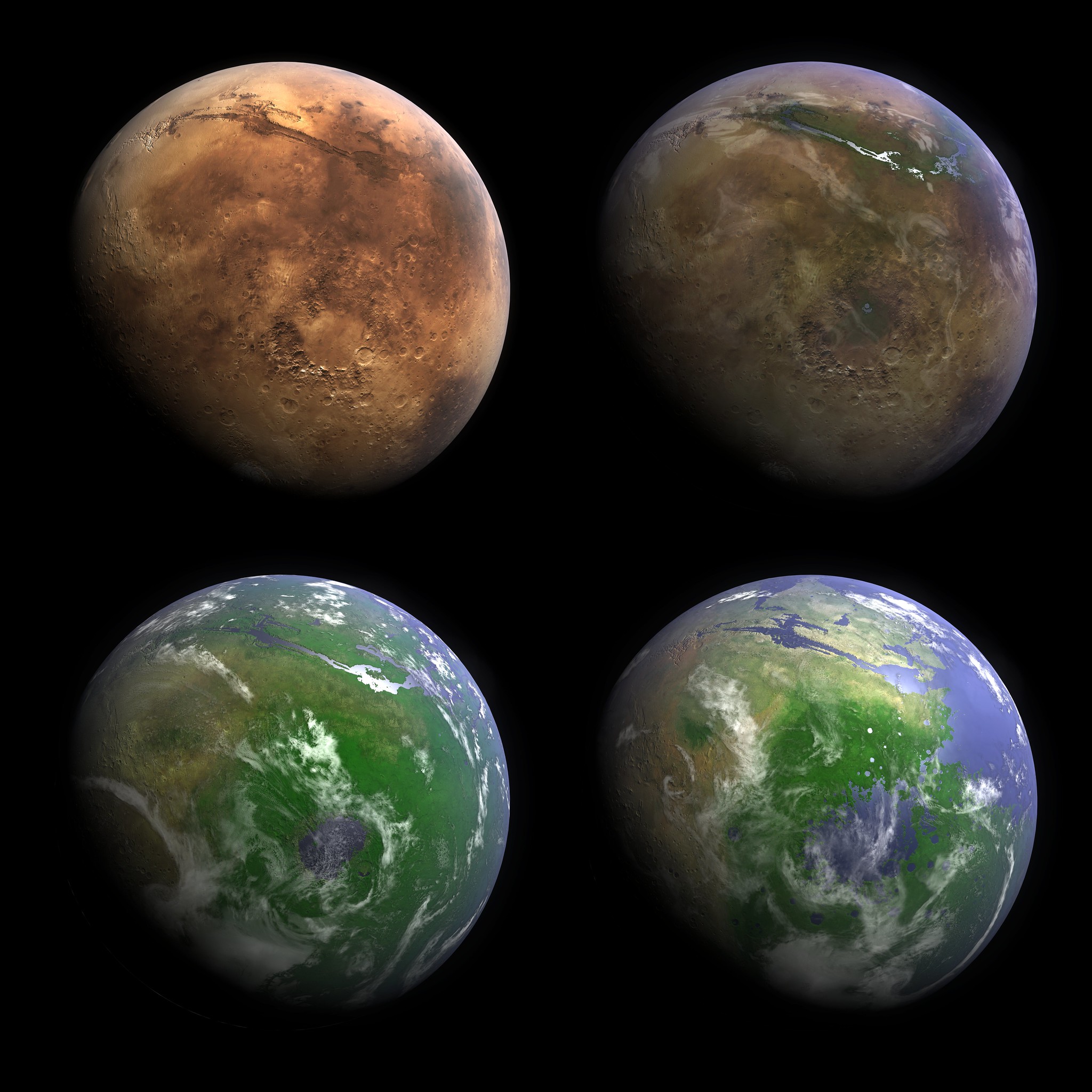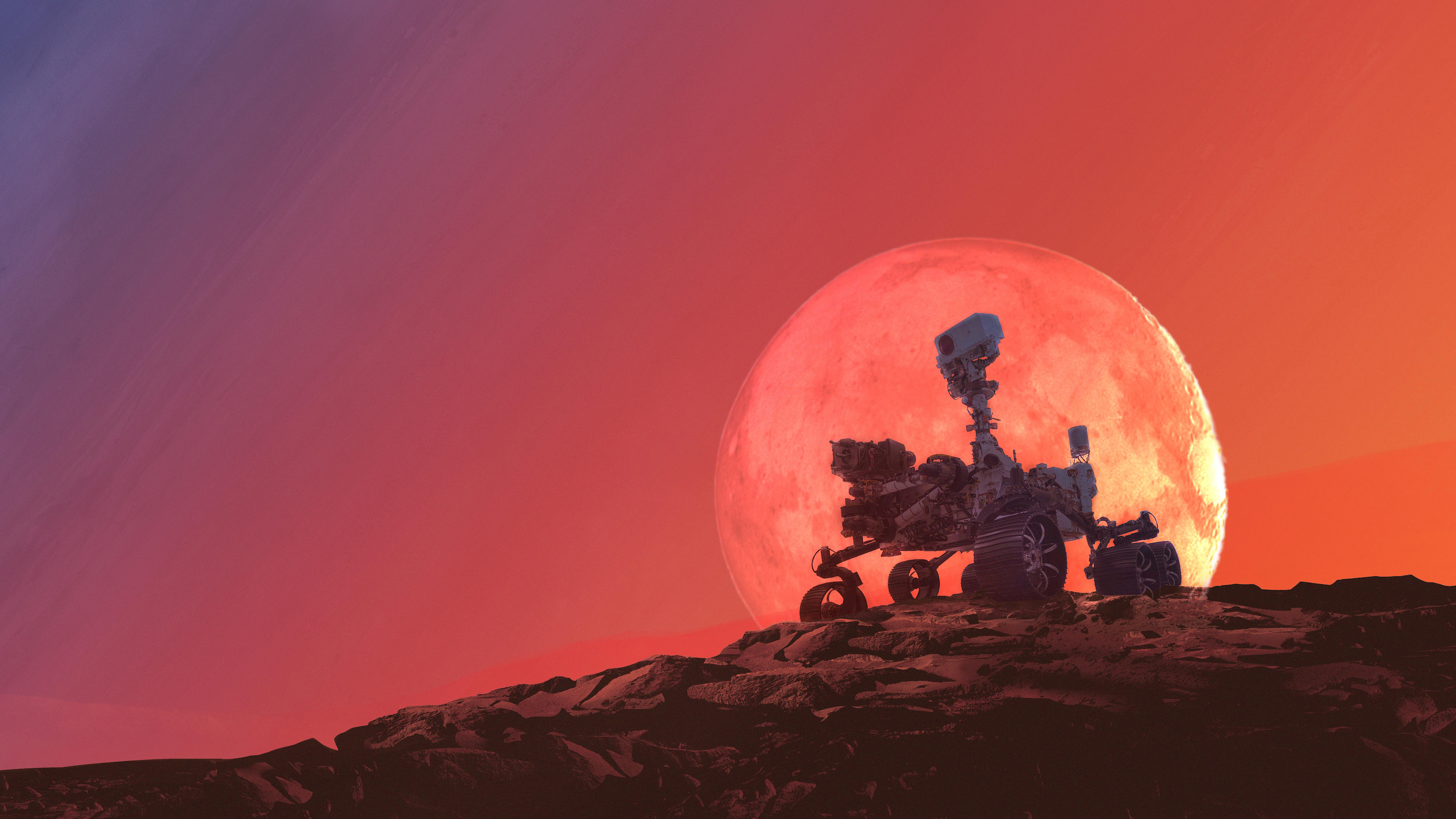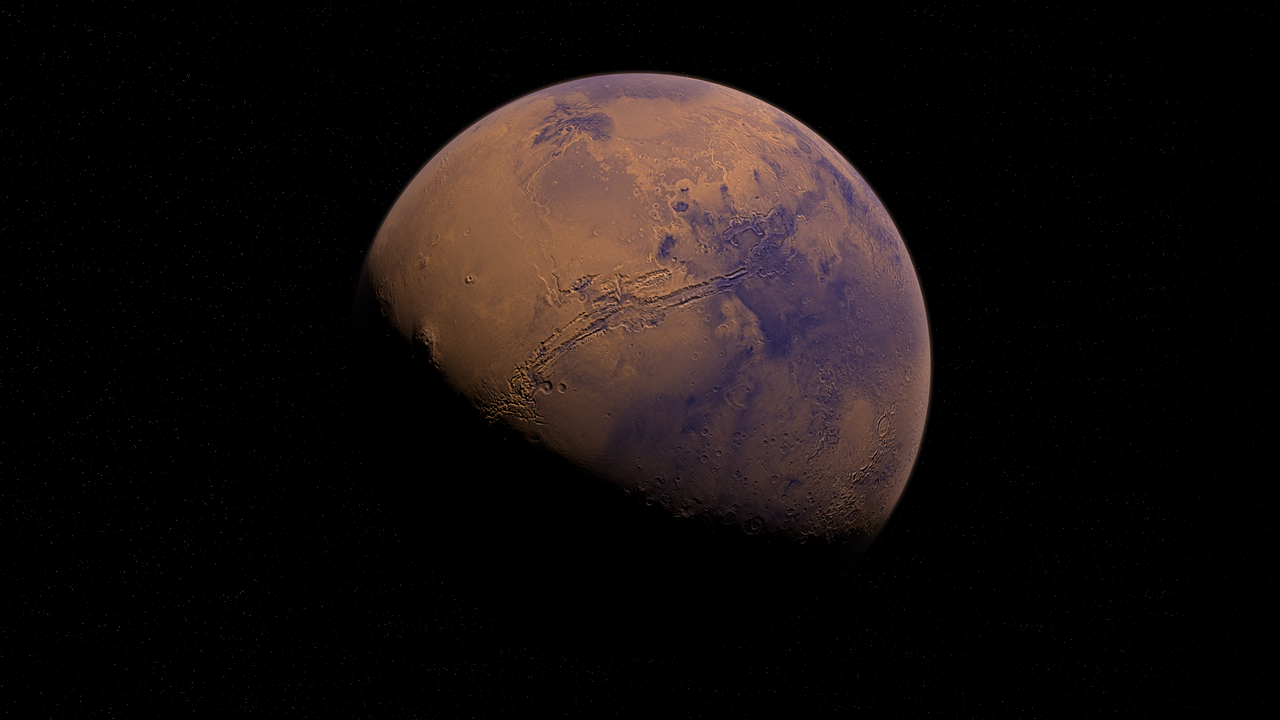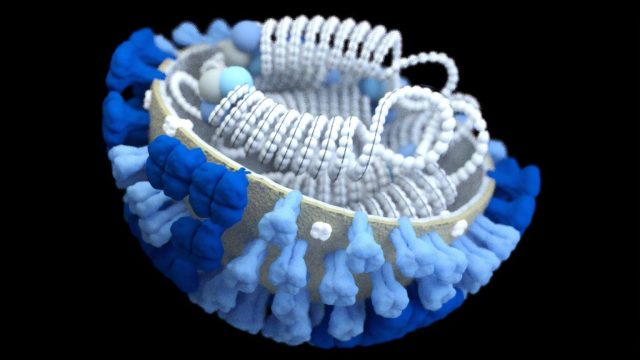What the Mars rovers saw: A review of “Good Night Oppy”
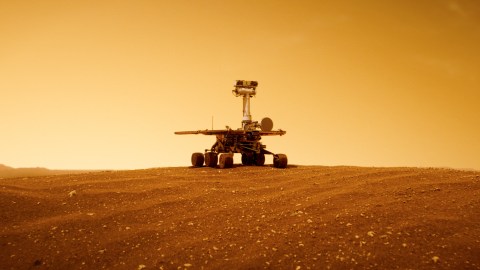
- Opportunity and Spirit, two rovers sent to explore Mars, were only expected to last three months. Their missions ended up going for years.
- Almost as soon as Opportunity landed, it found evidence that Mars had once been a much wetter planet.
- You should watch Good Night Oppy for a story of adventure and discovery, and a tale of humans banding together to face the majesty of the cosmos.
The plan was crazy. Six months after being blasted into interplanetary space, the robot rover Opportunity screamed toward the red planet, with no intention of slowing down or easing into orbit. Instead, the $400 million probe dove straight in, using the thin layer of gases Mars calls an atmosphere to shed as much speed as possible. It deployed a supersonic parachute, then its rockets halted the spacecraft 40 feet above the surface of the planet. Finally, a tether spooled the lander downward. A cocoon of giant airbags inflated explosively around Opportunity, allowing the tether to be cut and dropping the robot to the ground, where it bounced around like a beach ball caught in a storm’s gale.
An Opportunity to explore
It was crazy, but it worked. Opportunity made it to the surface of the red planet and began its remarkable story of exploration. That story is the subject of a new film, Good Night Oppy, that was released this week. It is a story that deserves to be heard. In a time when our societal project seems to struggle to move forward in any way, Opportunity’s continued success, long after its official three-month lifespan ran out, is both inspiring and necessary. Most important, though, is the way the discoveries Opportunity made — along with its sister robot Spirit — changed our understanding of Mars forever.
“Follow the water.” That has been the mantra of NASA’s Mars program for the last 30 years. While Mars appears to us today as a bone-dry, frigid world, images from orbit show what appear to be the traces of meandering riverbeds, floodplains, and broad deltas. Spirit and Opportunity came after the groundbreaking Pathfinder mission, and they were designed to be remote geologists. Their mission was to wander the Martian wastes and look for evidence, locked in the rocks, that the planet might have once been a blue world.
Good Night Oppy tracks the development of the two rovers with interviews and archival footage. We follow the team through the design, the assembly, and the endless testing phases. Six months after launch, we are in the room with these scientists and engineers while they endure six minutes of hell as the spacecraft dives toward the surface. Separated from their rover by millions of miles, they cannot intervene. They can only hope that all of Opportunity’s automatic systems work to carry it to safety. One of the movie’s great delights is to watch the team’s response as a ping from the Martian surface lets them know their years of work were not in vain.
Blue Mars
That scene of collective relief, excitement, and joy plays out repeatedly as we follow them through years of exploration. The most remarkable feature of Spirit and Opportunity’s story is that what was supposed to be a three-month mission for each lander somehow turned into a journey across the Martian landscape that lasted years — six for Spirit, and 14 for Opportunity. Many times, the rovers found themselves in mortal danger, and it looked like the missions might end. Dust built up on the solar panels, robbing the rovers of their power source. Rover wheels got stuck in the powdery Martian sand. Instrument-carrying arms began to freeze in place. But each time luck, ingenuity, or engineering allowed the rovers to carry on. They collectively covered more than 30 miles of territory, and they sent back thousands of stunning images. Above all else, they solved the question they had been sent to investigate.
Almost as soon as Opportunity landed, it found evidence that Mars had once been much wetter. Just a few meters from its landing sight, the rover found small spherical nodules called blueberries that turned out to contain hematite, a mineral that forms in the presence of water. This was a major discovery, but further analysis showed that the water must have been highly acidic, meaning this was not the kind of place you would expect microbes to thrive. It was only seven years later, after Opportunity trekked for miles to reach the Endeavor crater, that it found overwhelmingly convincing evidence of the kind of water that could support life.
After Opportunity and Spirit, we can say with certainty that Mars indeed was once a blue world.
You should watch Good Night Oppy for that story of adventure and discovery, of sailing past the horizons we know to learn things that no one could have known before. But you should also watch it for a narrative of human beings from every background working toward a common and worthwhile goal. It is a compelling story of what’s best in human beings as we face, together, the majesty of the Cosmos.
